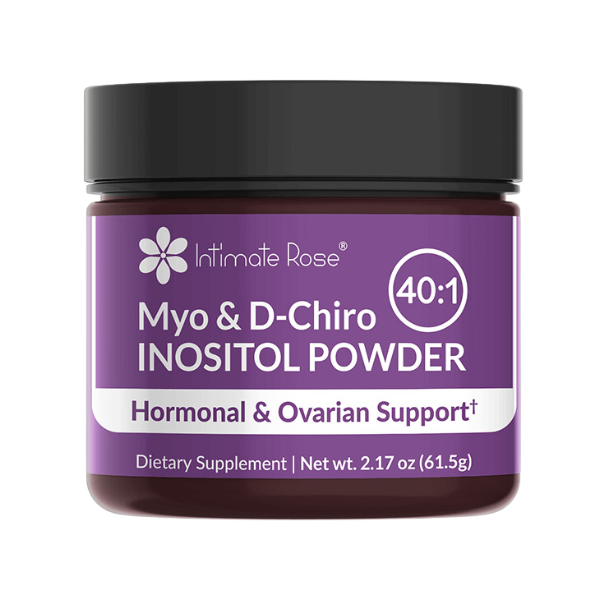Causes | During Pregnancy | Conclusion
Although it is normal for vaginal discharge to change color for varying reasons, a green vaginal discharge is not normal, especially when it is thick and clunky, and accompanied by an unpleasant odor.
Usually, a green vaginal discharge signals an infection that requires treatment. Read on to learn more.
What Does it Mean if You Have Green Vaginal Discharge?
Women typically experience a range of different colored vaginal discharges over a monthly cycle, most of which are nothing to worry about. Discharge can be orange, rust, or slightly brown before and after menstruation, for example. For the rest of the month, vaginal discharge is normally clear, white, cream, or light yellow.
When the vaginal discharge becomes a deep yellow or green, however, it’s usually a sign of infection. In most cases, a thick green discharge is accompanied by an unpleasant odor and additional symptoms such as itching, swelling, or burning during urination, but not always.
Typically, a thin yellow discharge signals the beginning of an infection, darkening to a thicker yellow-green discharge as the infection progresses, and deepening to lime-green color with an unpleasant odor and a clunkier texture when at its peak.
If you experience green vaginal discharge, with or without additional symptoms, it is always advisable to make an appointment with your doctor for a diagnosis and treatment.
What Causes a Green Vaginal Discharge?
An infection is the usual source of a green vaginal discharge, and the following are the most common causes of these vaginal infections.
Trichomoniasis
One of the most common causes of green vaginal discharge is a sexually transmitted infection (STI) called Trichomoniasis, also known as ‘trich’. It is caused by a parasite known as Trichomoniasis Vaginalis (TV), which is passed from one partner to another during sexual intercourse.
Additional symptoms can include a foul odor from the vaginal discharge, as well as itching and swelling of the vagina, and a burning sensation while urinating or during sex. However, only 30% of people who contract trich will experience any symptoms.
According to the CDC, roughly 1 million people are infected with trich each year and over 3.7 million Americans are living with the infection at any given time.
How to Diagnose & Treat Trichomoniasis
If you are experiencing a green vaginal discharge, with or without any of the above-mentioned symptoms, schedule a consultation with your doctor for a sexual health check-up. Trich is diagnosed through a physical exam and some laboratory tests and is easily cured with a course of antibiotics.
If diagnosed with trich, it is important to inform your sexual partners and ensure they too consult with their doctor about treatment, even if they are asymptomatic.
Things Off Down There?
Gonorrhea & Chlamydia
Similar to trich, gonorrhea and chlamydia are sexually transmitted infections that cause a green vaginal discharge, and they too are often asymptomatic for most people. When symptoms appear, they can include discomfort when urinating, pelvic pain, and spotting between menstrual cycles, in addition to a green vaginal discharge with an unpleasant odor.
How To Diagnose & Treat Gonorrhea & Chlamydia
Just like trich, it is important to make an appointment with your doctor to diagnose or rule out either of these infections if you notice a green vaginal discharge. It is also vital to inform all sexual partners to do the same. Left untreated STIs can spread to the uterus and ovaries causing Pelvic Inflammatory Disease (PID), which can often result in infertility or ectopic pregnancies.
Bacterial Vaginosis
Bacterial Vaginosis is an infection caused by the overgrowth of certain bacteria in the vagina and it can also result in a green vaginal discharge. While it is not an STI, researchers believe BV is linked to unprotected sex due to semen being more alkaline than the naturally acidic environment of the vagina. This change in the pH balance of the vagina can allow bacteria to thrive, resulting in a BV infection.
Although it is more prevalent in sexually active women aged 15-44, studies have found that women of any age who douche or smoke can also experience BV infections. As well as a gray-green colored vaginal discharge, BV symptoms can include a fishy odor, a burning sensation during urination, and vaginal itching.
How To Diagnose & Treat Bacterial Vaginosis
Unfortunately, even though a course of antibiotics will successfully treat a BV infection, over 50% of women experience a recurring infection within 12 months. There are, however, preventative steps that can be taken to significantly reduce the risk of re-infection.
For example, using condoms during sex and washing the vagina after sex, quitting douching & smoking, and wearing breathable cotton underwear are all preventative measures.
In addition, consider adding a daily probiotic, like Flora Bloom Probiotics for Women from Intimate Rose. Probiotics significantly help to balance the vaginal pH, as well as improve your overall digestion and lower the risk of recurring BV infections.
Current research also looks positive in confirming that Boric Acid Suppositories, like those from Intimate Rose, when taken as a regular supplement, can prevent recurring BV infections.
The Ultimate Vaginal Bundle

What Does Green Vaginal Discharge During Pregnancy Mean?
If you experience a green vaginal discharge during pregnancy, it means you have an infection and you should schedule an appointment with your doctor. A trich infection during pregnancy, for example, can trigger premature deliveries, or result in low birth weights for the baby.
How to Diagnose & Treat Green Vaginal Discharge During Pregnancy
If you experience green vaginal discharge while pregnant, be extra cautious and see your doctor immediately. Pregnancy-friendly antibiotics can be prescribed for expectant moms with vaginal infections that will not affect the baby.
Conclusion
A green vaginal discharge is never normal, and almost always signals an infection, especially if accompanied by a foul odor, itching, swelling, or burning during urination. It is always advisable to contact your doctor as soon as you notice any green vaginal discharge, who will more than likely prescribe a course of antibiotics as treatment.
In addition, natural supplements, such as Boric Acid suppositories and Probiotics, can help keep future infections at bay.
References
Centers for Disease Control & Prevention – Trichomonasias CDC Fact Sheet
https://www.cdc.gov/std/trichomonas/stdfact-trichomoniasis.htm
Centers for Disease Control & Prevention - STD Facts – Gonorrhea - https://www.cdc.gov/std/gonorrhea/
Centers for Disease Control & Prevention - Chlamydia STD Information - https://www.cdc.gov/std/chlamydia/
Hindawi – Association between Semen Exposure and Incident Bacterial Vaginosis -
https://www.hindawi.com/journals/idog/2011/842652/
National Center for Biotechnology Information – Clinicians use of Intravaginal Boric Acid Maintenance Therapy for Recurrent Vulvovaginal Candidiasis and Bacterial Vaginosis -https://www.ncbi.nlm.nih.gov/pmc/articles/PMC6878170/

Things Off Down There?
















